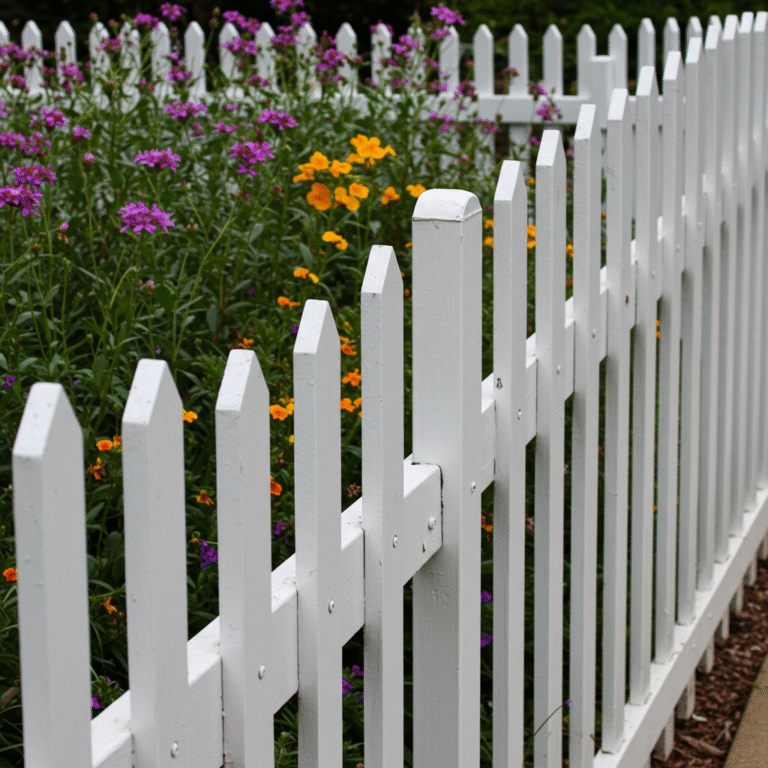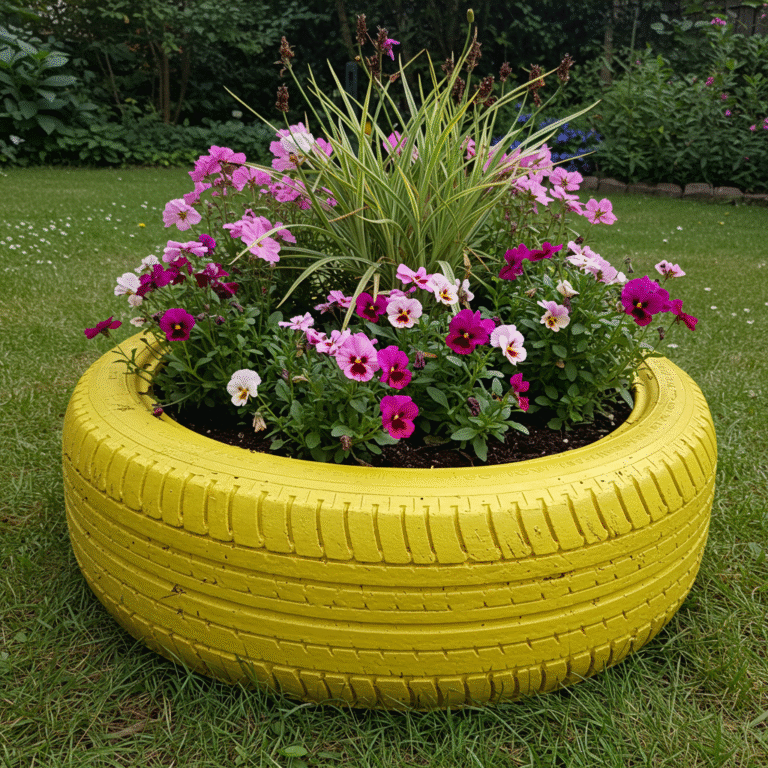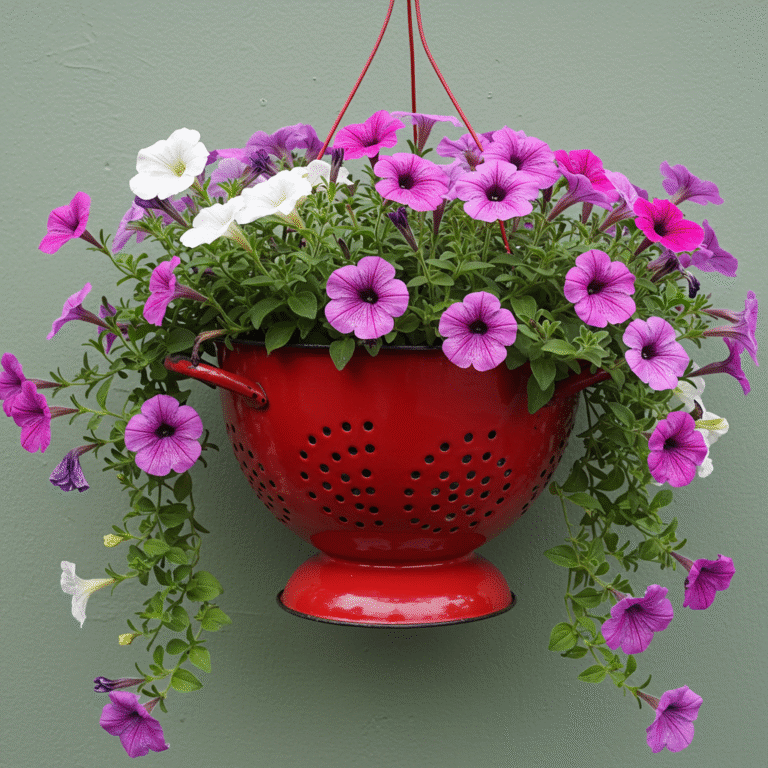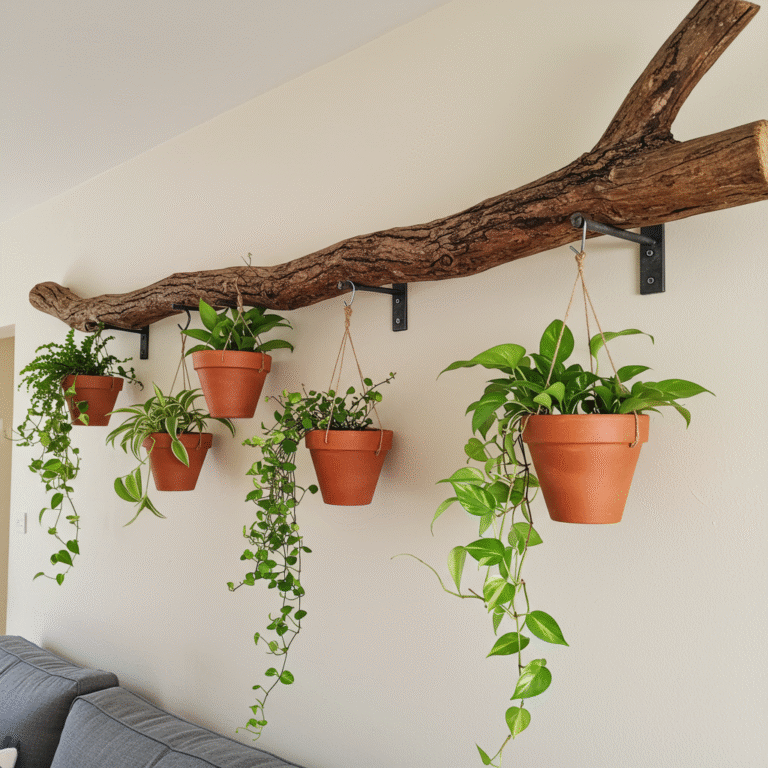12 Epic Flower Bed Designs with Rocks to Rock Your Garden

Tired of lackluster flower beds that blend into the background? It’s time to add some serious personality and structure to your garden. The secret weapon you might be overlooking is right under your feet—rocks! Using creative flower bed designs with rocks can transform a boring patch of dirt into a stunning, low-maintenance landscape feature that looks fantastic all year round.
The Solid Facts on Rock Landscaping
Before we dig into the designs, let’s look at why rocks are such a game-changer. It’s not just about looks; there are practical benefits backed by horticultural principles. Many gardeners find that incorporating rocks reduces maintenance and conserves water, a growing concern in many regions.
According to a study by the University of Nevada’s Cooperative Extension, using rock mulch (xeriscaping) can significantly reduce water evaporation from the soil surface compared to bare soil. This means your plant’s roots get more of the water you give them, which is especially crucial in hot, dry climates.
Here’s a quick breakdown of the benefits:
| Feature | Benefit | Why It Matters |
|---|---|---|
| Water Conservation | Rock mulch minimizes evaporation. | Lowers your water bill and creates a drought-tolerant garden. |
| Weed Suppression | Rocks create a physical barrier against weeds. | Less time spent pulling out pesky weeds! |
| Temperature Regulation | Rocks absorb heat during the day and release it slowly at night. | Protects plant roots from extreme temperature swings. |
| Durability | Rocks don’t decompose like organic mulch. | A one-time investment that lasts a lifetime. |
| Aesthetic Versatility | Endless variety in color, size, and texture. | You can create any style, from a Japanese Zen garden to a rustic cottage look. |
“The use of stone in the garden is a partnership with permanence. It provides a skeleton for the transient beauty of the plants, a constant presence through the seasons.” – renowned garden designer, John Brookes.
Now, let’s get to the fun part—the ideas!



1. The Classic Rock Border

This is the perfect starting point for beginners. A simple, clean rock border is a timeless way to define your flower beds and keep mulch or soil from spilling onto your lawn.
Think of it as framing a beautiful picture. The rocks create a crisp edge that makes your flowers pop. You can use anything from smooth, uniform river rocks to more rugged, chunky stones for a natural look.
Pro Tip: Dig a small trench, about 3-4 inches deep, where you want your border. Setting the first layer of rocks into this trench will keep them stable and prevent them from being knocked out of place by a lawnmower or foot traffic.
2. The Meandering Dry Creek Bed

Want to create a sense of movement and solve a drainage problem at the same time? A dry creek bed is a brilliant solution. This design mimics the path of a natural stream, winding through your garden.
Use a mix of different-sized rocks to make it look realistic. Place larger “boulders” along the edges and fill the center with smaller, smooth river rocks, just like a real creek. Plant drought-tolerant grasses and flowers along the banks to complete the illusion.
This is one of the most visually stunning flower bed designs with rocks. It’s particularly effective in long, narrow spaces or on sloped yards where it can help guide rainwater and prevent erosion.
3. The Raised Bed Rock Wall

Take your garden to the next level—literally! Building a raised flower bed with a retaining wall made of stacked stone adds dimension and drama to a flat landscape.
Raised beds are also incredibly practical. They offer excellent drainage and you can fill them with the perfect soil mix for whatever you want to grow, from vegetables to delicate alpine flowers. Plus, they save your back from a lot of bending over!
For a rustic feel, use irregularly shaped, flattish stones (like fieldstone). For a more formal, modern look, use precisely cut, uniform blocks of stone. Make sure your wall is stable by slightly angling the stones back into the soil of the bed.
4. The Rock Garden Spiral

A rock garden spiral, or herb spiral, is a fantastic design for small spaces. It’s a spiral-shaped raised bed built with rocks, creating multiple microclimates in a very compact area.
The top of the spiral will be sunniest and driest, perfect for sun-loving, drought-tolerant plants like rosemary or lavender. The lower levels will be shadier and retain more moisture, ideal for plants like parsley or chives.
It’s not just for herbs! You can plant it with a variety of colorful succulents or alpine flowers for a beautiful, swirling centerpiece in your garden. It’s a functional and whimsical design that’s also a great conversation starter.
5. The Zen Garden Oasis

If you crave a space for peace and contemplation, a Japanese-inspired Zen garden is the ultimate choice. This design uses rocks and sand to represent larger landscapes, like mountains and water.
Use a few large, striking boulders to act as focal points, symbolizing islands or mountains. Rake fine gravel or sand into patterns that mimic the ripples of water. Plants should be used sparingly—think a single Japanese maple, a patch of moss, or some carefully placed mondo grass.
The key here is minimalism and intention. Every rock and every plant has a purpose. This design is less about a riot of color and more about creating a serene, meditative atmosphere.
6. The Modern Geometric Layout

For those with a contemporary home, a modern flower bed design can extend that clean aesthetic into the yard. This style uses rocks to create sharp, geometric shapes and patterns.
Think straight lines, right angles, and contrasting colors. You could create a checkerboard pattern using black and white pebbles, or lay out a grid of concrete pavers with low-growing plants like thyme or sedum planted in the gaps.
Large, smooth, light-colored rocks like polished beach pebbles or white marble chips work well here. The goal is a look that is bold, clean, and deliberately structured.
7. The Colorful Rock Mosaic

Who says rocks have to be gray? Unleash your inner artist by creating a mosaic in your flower bed. This is a wonderfully creative way to add a splash of permanent color to your garden.
You can buy bags of colored stones from garden or craft stores, or you can even paint your own river rocks with weather-proof paint. Arrange them in fun patterns—spirals, sunbursts, flowers, or even your family’s initials.
This is a fantastic project to do with kids. It turns a section of your garden into a personal piece of art. Just be sure to lay down a quality weed barrier fabric before you place your mosaic stones.
8. The Boulder and Bloom Islands

Instead of containing your flowers within rock borders, make the rocks part of the show. Create “islands” in your lawn or larger garden beds using a cluster of 3 to 5 boulders of varying sizes.
Arrange them in a natural-looking grouping. Then, plant your flowers and shrubs in the spaces between and around the boulders. The large rocks act as an anchor for the planting, giving it weight and presence.
This technique is great for adding interest to a large, flat lawn. It breaks up the monotony of the grass and creates pockets of color and texture. Always bury at least one-third of each boulder in the ground to make them look like they’ve been there forever.
9. The Coastal Vibe with Pebbles

Create a breezy, coastal feel, even if you live miles from the ocean. This design relies on smooth, rounded pebbles, driftwood, and tough, salt-tolerant plants.
Use a base of light-colored pea gravel or smooth beach pebbles to cover the bed. This mimics the look of sand and stone. Add larger, smooth rocks and interesting pieces of driftwood as accents.
Plant with ornamental grasses that sway in the wind, like Blue Fescue or Fountain Grass, and hardy flowers like Sea Thrift and Lavender. The result is a relaxed, low-key garden that feels like a permanent vacation.
10. The Terraced Slope Solution

Got a hill you don’t know what to do with? Don’t fight it, terrace it! Building a series of low rock walls to create level planting tiers is a classic way to tame a slope.
Terracing turns an unusable, erosion-prone hillside into a productive and beautiful garden. Each level can be its own little flower bed. This design is perfect for creating a lush, cascading wall of color.
This is a labor-intensive project, but the payoff is huge. It makes the slope easier to plant and maintain, prevents soil from washing away, and looks absolutely spectacular. For walls over a couple of feet high, it’s wise to consult a professional.
11. The Rock and Succulent Tapestry

Succulents and rocks are a match made in garden heaven. The amazing variety of shapes, colors, and textures found in succulents looks incredible when planted among rocks.
Create a “tapestry” by planting different types of low-growing succulents, like Sedum, Sempervivum (Hens and Chicks), and Echeveria, in the gaps between flattish stones. Use a gravel or crushed rock mulch to complete the look.
This is an extremely drought-tolerant and low-maintenance option. The rocks help retain heat, which many succulents love, and the gravel mulch ensures sharp drainage, preventing root rot. It’s like painting with plants.
12. The Natural Outcropping

This design is all about making your rock feature look like it was placed there by Mother Nature herself. The goal is to create a rock formation that appears to be emerging naturally from the ground.
You’ll need several large, weathered-looking boulders of the same type of stone for a cohesive look. Arrange them in an irregular, asymmetrical cluster, burying the bases at different depths to enhance the natural appearance.
Fill the crevices and surrounding area with soil and plant alpine flowers, creeping phlox, or other rock-loving plants that would naturally grow in such a setting. The idea is to blur the lines between what you’ve built and what nature might have created.
Frequently Asked Questions (FAQ)
1. What’s the first step before adding rocks to my flower bed? The most crucial first step is preparation. You need to completely clear the area of all weeds, grass, and debris. After that, lay down a high-quality landscape fabric. This porous barrier will let water and air through to the soil but will stop weeds from growing up through your beautiful rock design. Don’t skip the fabric—you’ll regret it later!
2. What kind of rocks are best for flower beds? It depends entirely on the look you want! For borders, river rocks or fieldstone are popular. For a modern look, try polished pebbles or lava rock. For filling large areas (as mulch), pea gravel or crushed granite are cost-effective. The best advice is to visit a local landscape supply yard to see the options in person and choose a rock type that complements your home’s exterior and your garden style.
3. Do I need to put soil under the rocks? Yes, absolutely! The rocks are a top dressing, or mulch. Your plants still need a good base of quality garden soil to grow their roots into. The rocks go on top of the soil (and landscape fabric), around your plants. A good 4-6 inches of soil is a minimum for most annuals and perennials.
4. How do you keep rocks in a flower bed clean? Over time, leaves and debris will collect on your rocks. The easiest way to clean them is with a leaf blower on a low setting. For a deeper clean, you can use a pressure washer (on a gentle setting to avoid displacing smaller rocks) or simply spray them down with a strong jet from your garden hose. Doing this once or twice a year will keep them looking fresh.
5. Will rocks make the soil too hot for my plants? This is a valid concern, especially with dark-colored rocks in very sunny climates. Rocks do absorb and radiate heat. However, this can also be a benefit in cooler climates or for plants that love heat, like succulents or Mediterranean herbs (rosemary, lavender). If you live in a very hot region, consider using lighter-colored rocks (like white or tan gravel) which reflect more sunlight and stay cooler than dark lava rocks or basalt.
Conclusion: Beyond the Beauty
Choosing to integrate flower bed designs with rocks is about more than just creating a pretty picture. It’s a step towards a more sustainable and resilient garden. As you’ve seen, rocks help conserve water, reduce the need for weeding, and provide a stable environment for your plants. But beyond these practical points, there’s a deeper connection to be made.
When you place a rock in your garden, you are working with an element that has existed for millennia. Think about that! The stones you use have a long history written in their texture and color.
By incorporating them into your design, you are bringing a piece of that timeless, geological story into your own backyard. Your garden becomes not just a collection of plants, but a miniature landscape that connects you to the enduring strength and beauty of the natural world. It’s a legacy that, unlike many garden trends, will truly stand the test of time.






